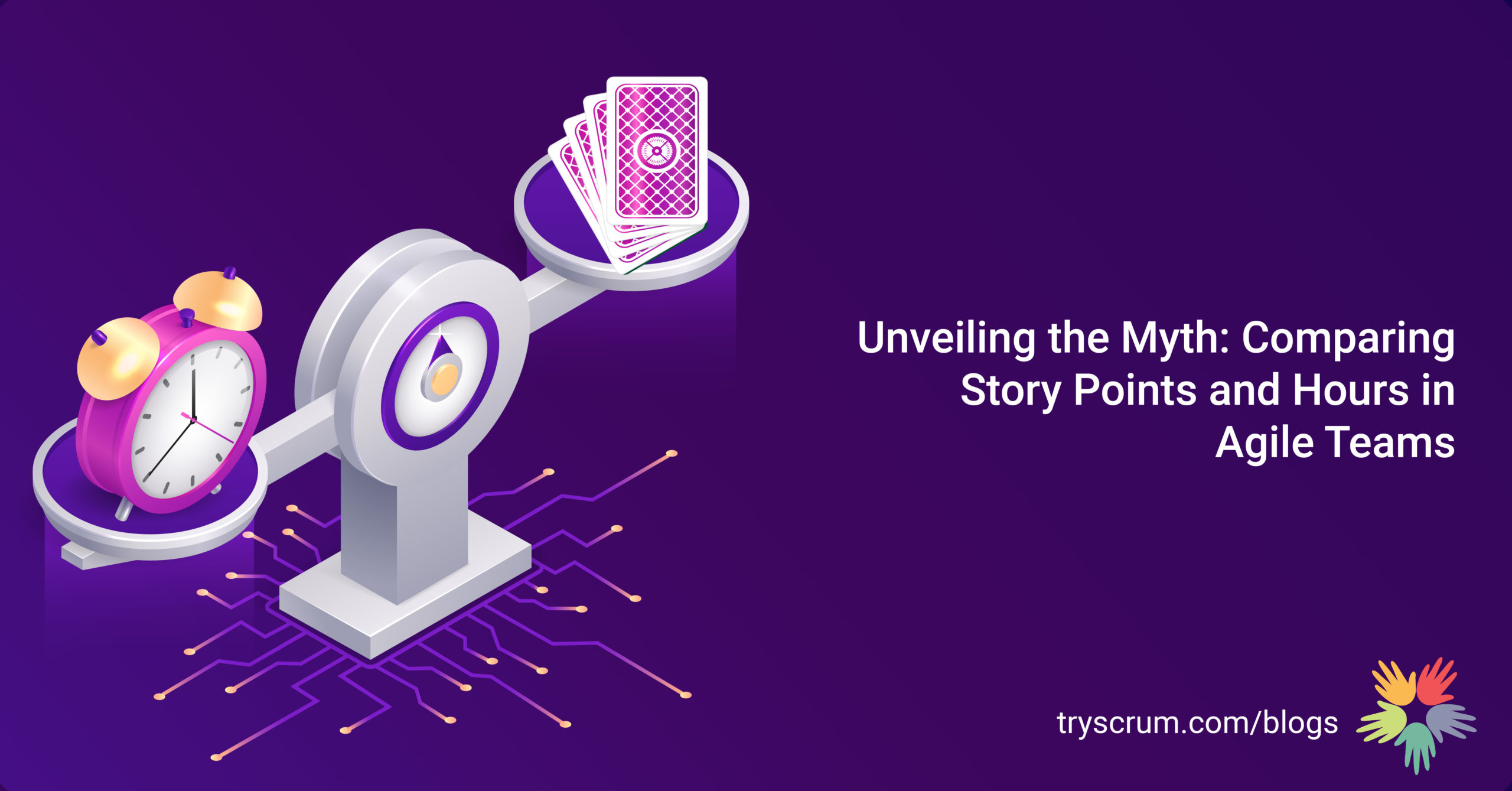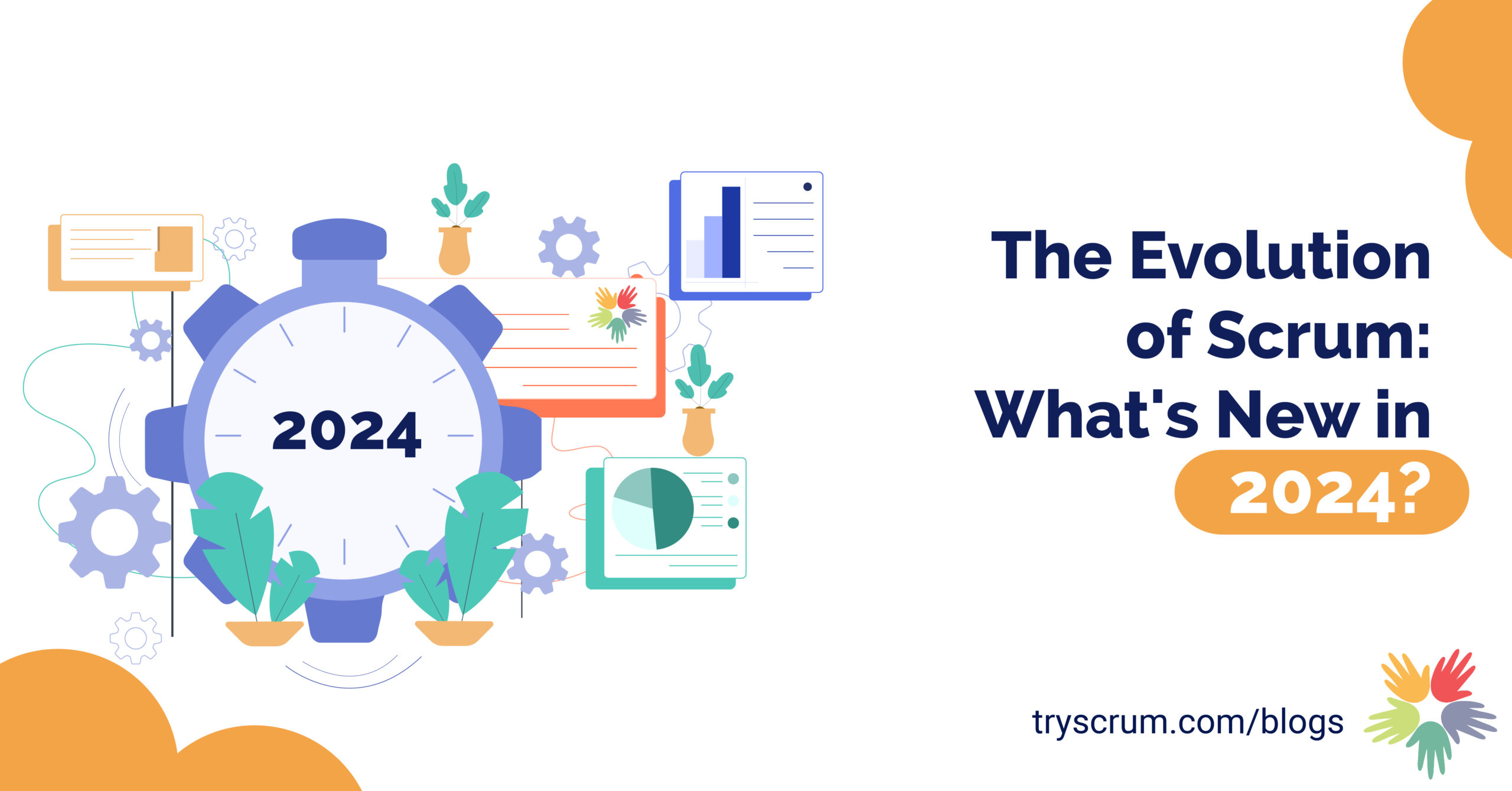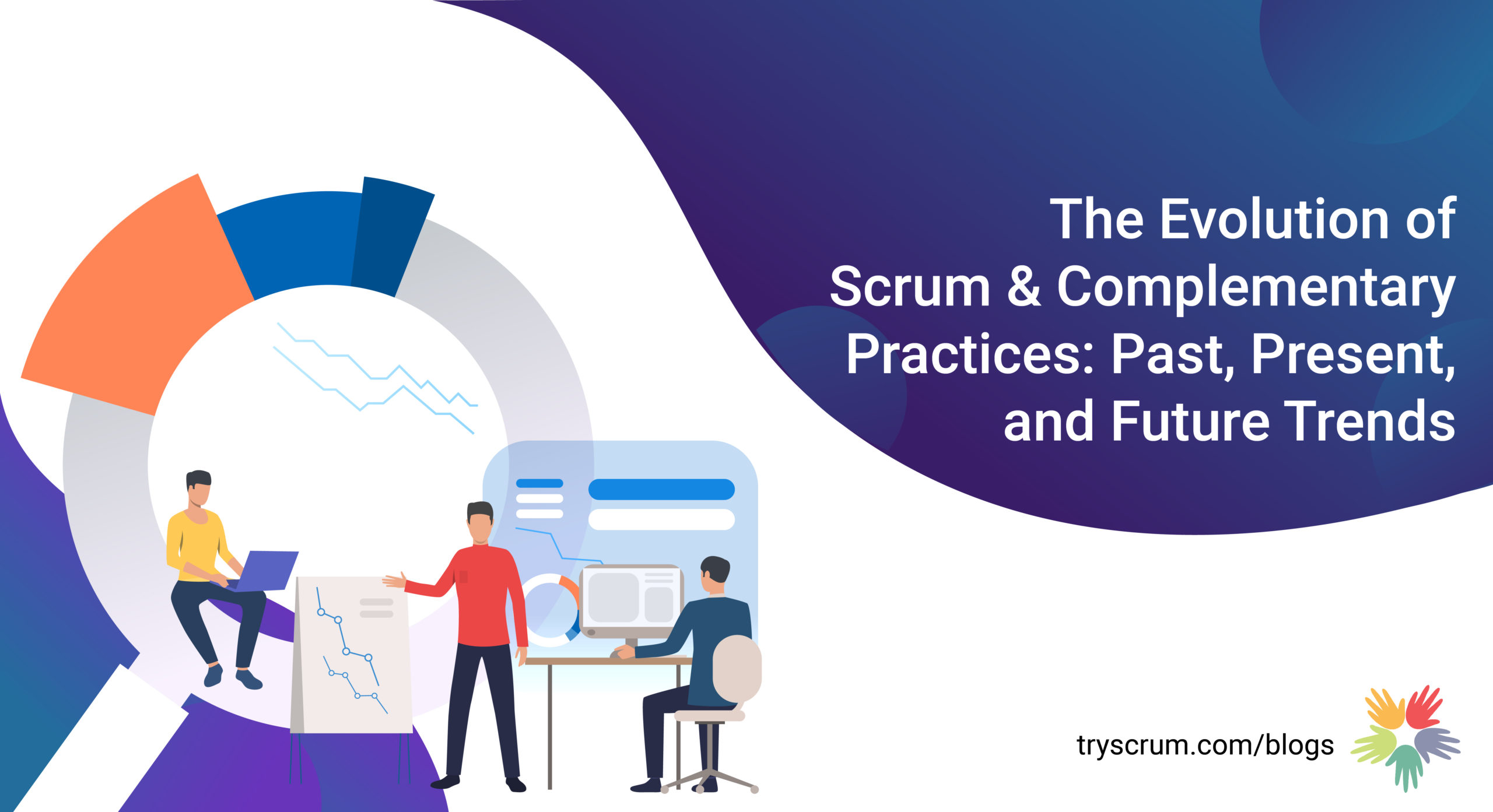
Unveiling the Myth: Comparing Story Points and Hours in Agile Teams
Introduction
A common question arises within agile working methods: Can story points be equated to hours? This query stems from a desire for a direct correlation between effort estimation and time tracking. However, it’s essential to understand that story points and hours are distinct units of measurement, serving different purposes within agile ways of working.
In this blog post, let us explore this topic and debunk the misconception of equating story points to hours.
Understanding Story Points
Story points represent a relative measure for estimating the effort or complexity of Work Items or user stories. They provide a means for assessing the overall effort required for a specific work item relative to others. Story points are assigned based on complexity, uncertainty, and dependencies. This approach enables teams to focus on the relative magnitude of work items rather than being entangled in precise time estimations.
The Fallacy of Equating Story Points to Hours
Attempting to equate story points to hours directly undermines the fundamental purpose of using story points as a relative measure. While it may be tempting to establish a formula that converts story points into hours, doing so can lead to various pitfalls:
- Complexity and Uncertainty: Story points consider the complexity and uncertainty inherent in a work item, whereas hours solely represent time spent. By disregarding these factors and converting everything into hours, the ability to account for the nuances and variations in complexity is lost.
- Individual Differences: Different team members may possess varying productivity and skill levels, resulting in different completion times for tasks of the same story point size. Story points accommodate this variability, allowing for flexibility in team performance, while hours assume a fixed time for everyone.
- Focus on Collaboration: Agile emphasises collaboration and self-organising teams. Story points encourage team discussions and collective decision-making during estimation. Equating story points to hours shifts the focus from collaboration to individual time tracking, potentially undermining the spirit of teamwork.
The Value of Story Points
Story points fulfil crucial aspects in an agile environment:
- Estimation: Story points provide a relative measure for estimating effort, enabling teams to plan sprints and forecast timelines.
- Adaptability: Agile methods embrace change, and story points complement adaptive planning. They empower teams to easily reprioritise and adjust work based on evolving requirements and complexity, free from rigid hour estimates.
- Continuous Improvement: Through story points estimation, teams can assess their velocity over time, analyse trends, handle complexities better and improve their estimation process. This assists in setting realistic expectations and improving work planning.
Conclusion
In agile ways of working, story points and hours are distinct measurement units, each serving a unique purpose. While it may be tempting to equate story points with hours for simplicity or familiarity, it’s crucial to recognise the limitations and drawbacks of such an approach. Story points provide a flexible, relative measure that encourages collaboration, adaptability, and continuous improvement. By embracing the true essence of story points, teams can enhance their estimation processes and achieve greater success.



